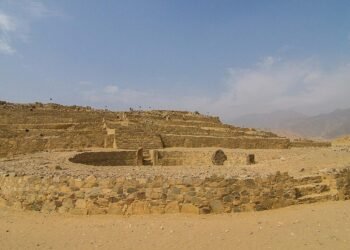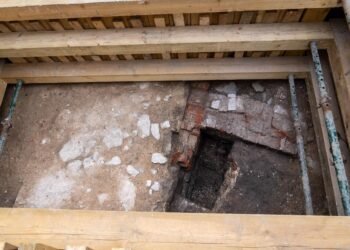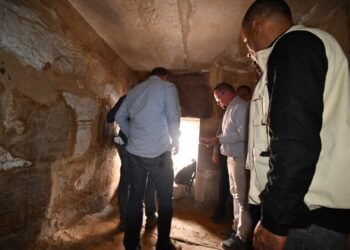Colombian naval officials have made significant discoveries near the famous San José galleon, a historic shipwreck that has fascinated researchers and treasure hunters for centuries.
The San José, which is believed to have sunk off the coast of Cartagena, Colombia, over 300 years ago, has been the subject of extensive investigations and legal battles. Recent underwater monitoring expeditions have yielded new insights and surprises, shedding light on the ship’s condition and the surrounding maritime history.
During these expeditions, the Colombian navy employed advanced remotely operated vehicles (ROVs) to explore the depths of the Caribbean Sea where the San José lies. The ROVs reached a depth of 900 meters, enabling the capture of high-quality video footage of the shipwreck’s remains.
The recorded images provide a detailed view of the ship’s cargo, including gold ingots, coins, cannons manufactured in Seville in 1655, and an intact Chinese dinner service.
However, the exploration revealed more than just the San José. President Iván Duque announced that two additional shipwrecks were discovered in close proximity to the San José’s location.
These newly found wrecks include a colonial-era boat and a schooner believed to date back to Colombia’s fight for independence from Spain around 200 years ago.
“We have already found two additional vessels: one vessel from the colonial period and another that, from the point of view of preliminary analysis, corresponds to the Republican period of our history,” President Duque stated.
These discoveries have provided fresh opportunities for archaeological exploration and research in the region.
The San José galleon, known as the “holy grail” of shipwrecks, sank in June 1708 while transporting an array of treasures, including gold, silver, emeralds, jewels, and military personnel.
Its location has been the focus of legal disputes, with both Colombia and Spain claiming rights to its treasures. Colombia argues that the wreck, found in its territorial waters and discovered by the Colombian Navy, should belong to the country. Spain, on the other hand, asserts that the galleon was part of the Spanish Navy three centuries ago, and United Nations regulations protect it as a “ship of state.”
The sunken treasure has attracted the interest of treasure hunters over the years, raising concerns about the potential destruction of the wreck’s archaeological and historical significance. In response to these concerns, Colombia passed a law in 2013 designating sunken ships discovered in its waters as national heritage.
Vice President Marta Lucía Ramírez announced plans to create a museum for artifacts found within the San José’s wreckage, emphasizing the importance of preserving this heritage.
Despite these discoveries and ongoing exploration efforts, the legal dispute surrounding the ownership of the treasures remains unresolved.























